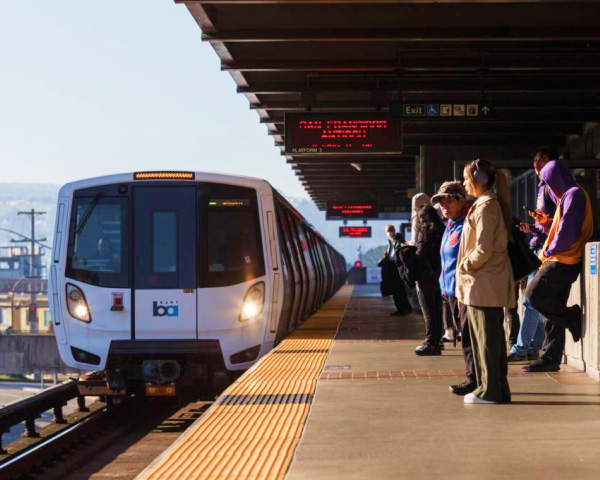But the vast majority of outages are caused by broken branches or vegetation that have broken and fallen on power-line equipment, she said.
During a massive weekend storm earlier this year, in February, an estimated 1.5 million PG&E customers were without electricity across the company’s vast service area — including hundreds of thousands in the Bay Area — marking the third-largest single-day outage in PG&E’s history.
Sarkissian noted that more power outages may occur as the storm continues to move throughout the area and said that PG&E personnel will work to restore service as soon as possible.
Sarkissian encouraged residents to prepare flashlights with fresh batteries and charge all electronic devices in case their power does go out.
She also strongly advised people in storm-affected areas to stay home and carefully clear any outdoor debris or furniture that could get stuck in power lines. And she said it’s crucial to steer clear of any downed lines.
“Our number one safety tip is if you see any low or downed power lines, always assume they’re live,” Sarkissian said. “Keep yourself and others away, and call 911 and PG&E immediately.”
Mouse over or click points on the map below to see all of PG&E’s current power outages, planned or otherwise, along with the number of customers impacted, the cause (if listed), and estimated time of restoration. Zoom in on each location to see a rough approximation of power outage areas.
Click the layers button at the top left of the map to see total number of outages per county.
All data comes from PG&E, via the California Governor’s Office of Emergency Services (Cal OES), and is updated every 15 minutes. Any planned safety outages, known as Public Safety Power Outages (PSPS), will be specifically labeled on the map when they occur.
The map also includes current power outage incidents reported by the state’s other major utilities, including Southern California Edison, San Diego Gas and Electric, Sacramento Municipal Utility District (SMUD) and the Los Angeles Department of Water & Power. The map does not include smaller, locally owned utilities such as those in Palo Alto and Alameda.

